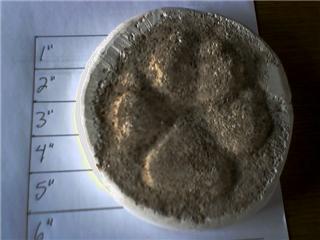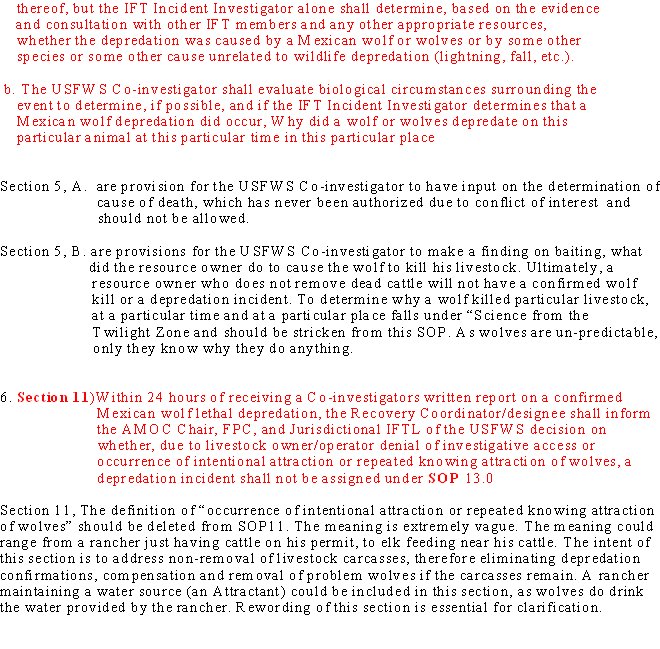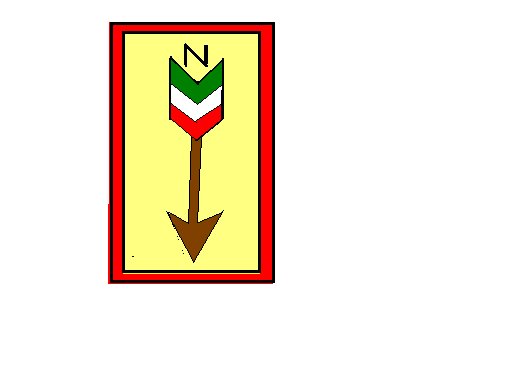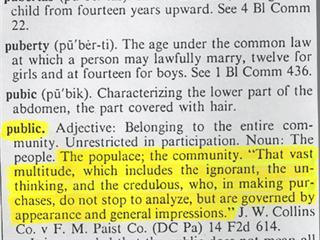Submitted by Gary Stevens
ORGAN, NEW MEXICO -- Amid the flurry of activity concerning the wolf re-introduction issue in the Southwest and Rocky Mountain states, I haven't read anything in the blogs about wolf and coyote activity in the Northern New England.
Before moving to the Southwest, I lived in Maine for most of my life. I have some observations about wolves and coyotes in Maine and Quebec Province.
Ninety percent of Maine is covered with deep, dense forest which stretches up through Canada to the St. Lawrence Seaway and Quebec. This vast area is comprised of little more than well maintained logging roads, lakes, rivers and mountains. The towns are few and far between, mostly centered around paper plants, the financial and social lifeblood of the deep north woods. This is prime territory for wolves, coyotes, deer, moose and bear. For the most part, these wild animals have thrived for eons without any human intervention at all.
Traditionally, the deer hunting season is used to balance the deer population from year to year. The number of deer taken varies each year according to the deer population and available food supply. This is one of the few examples of man's meddling and intervention proving to be successful. The deer population has been kept stable for the last century, or so.
The wolves that populate the north woods are of the Canis Lupus Lycaon species, also known as the Eastern timber wolf or Canadian wolf. As far a size goes, the males range 30 to 36" at the shoulder and occasionally weigh in at 100 pounds, although more commonly 80 to 90 pounds. These are formidable animals. Their behavior is much the same as the other wolf species, with the alpha pair and highly social pack behavior.
There have been documented wolf sightings in the Bethel and Moosehead Lake areas in Maine. In 1993, a two-year-old female wolf was shot near Moosehead Lake. The animal was identified as an eastern wolf through DNA comparison with a known wolf from the Quebec region. The wolf density in this region is about one wolf per sixty square miles. Using Google Earth or Topozone the curious can access images or maps of these areas.
In all of my years living at the edge of the Maine wilderness, I have never seen a wolf. Coyotes, however, are a different story. They are much more of a problem, in Maine, than the wolves. The Eastern coyotes, also known as the brush wolf, occupy all regions of the state, including the cities and suburbs in Southern Maine, with a statewide population of 15,000. They are slightly larger than their Western cousins, and just as bold. Although they usually shy away from humans, they are known to attack dairy cattle, sheep and house pets. Occasionally, there is a confrontation with people. When I was living in Bethel, Maine in the late 70's, a lumberjack was treed by an aggressive pack of coyotes. The logger had a rifle, but it was in his truck, a short distance away. He had to remain treed until a work mate came looking for him, shooting at and dispersing the coyote pack. The coyotes were looking for lunch.
For many decades, there has been a $50.00 bounty on the eastern coyote in Maine. The hunter simply presents the left ear of the coyote as evidence of a kill. Over the years, this has proven to be a successful program, as the "problem" coyotes, the ones who lurk in populated areas, are the ones that are thinned out.
The real bottom line here is the fact that wolves haven't been a problem in Maine due to their remote habitat. There has been no need to hunt them or "re-introduce" them to the environment. The best way to "manage" them is to leave them alone.
***
Posts and Comments from Readers
Please include yourself in the discussion. Post a comment.
Friday, February 22, 2008
Wolves and Coyotes in Maine – A First-Hand Observation
Labels:
GARY STEVENS,
Wolf Recovery,
Wolves
Subscribe to:
Post Comments (Atom)




















.jpg)


















No comments:
Post a Comment